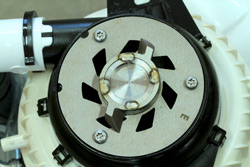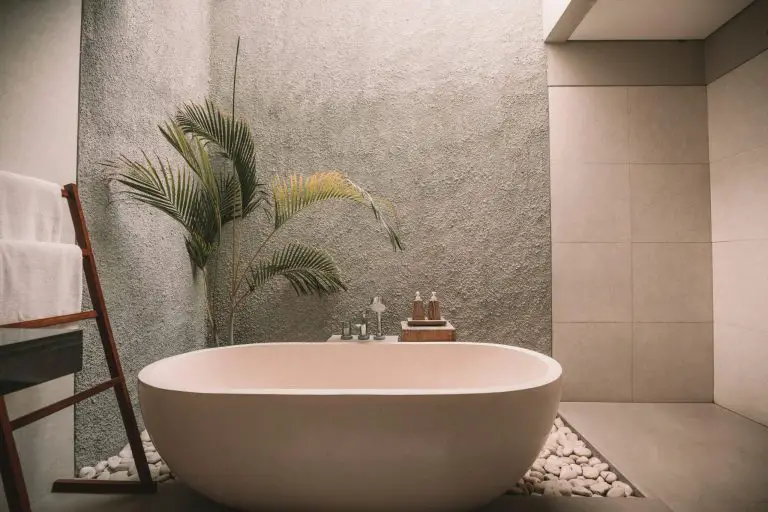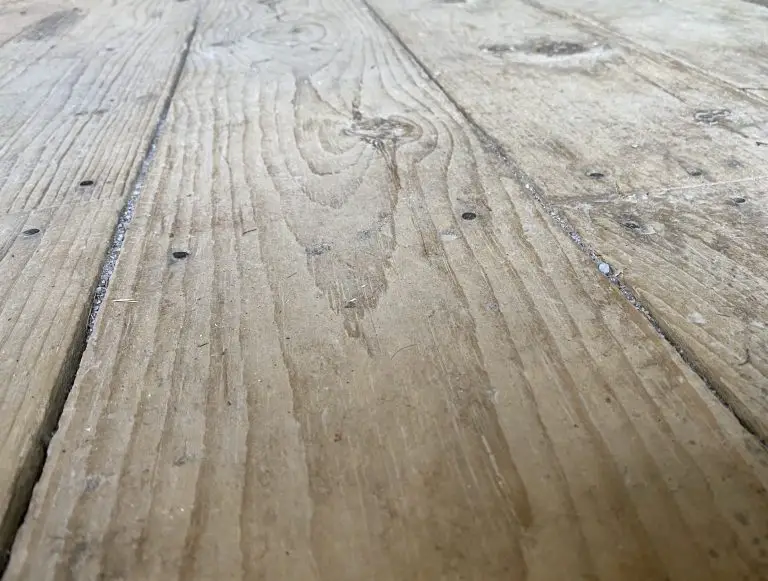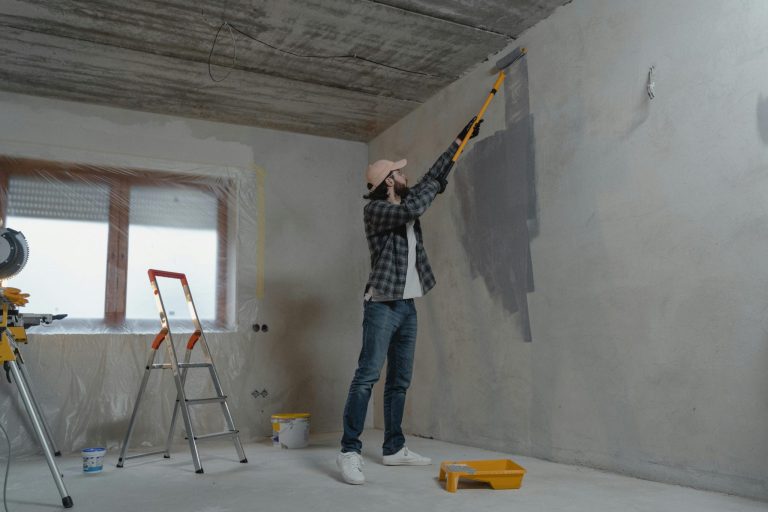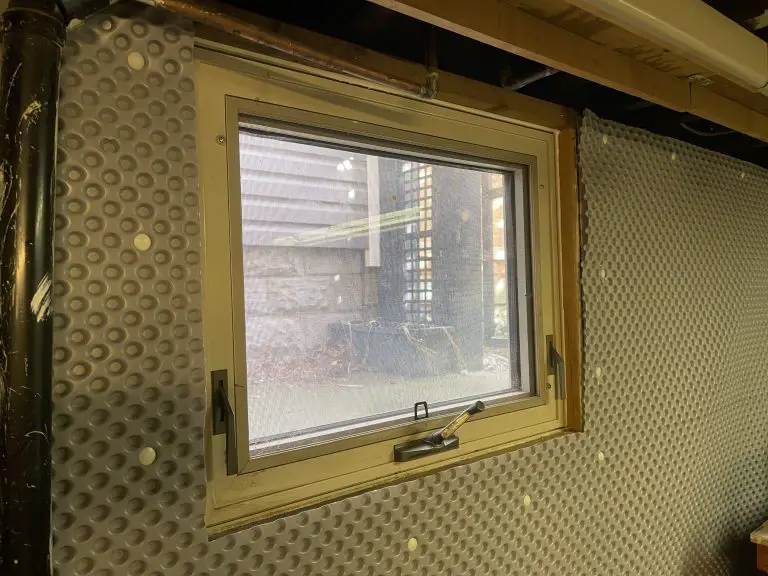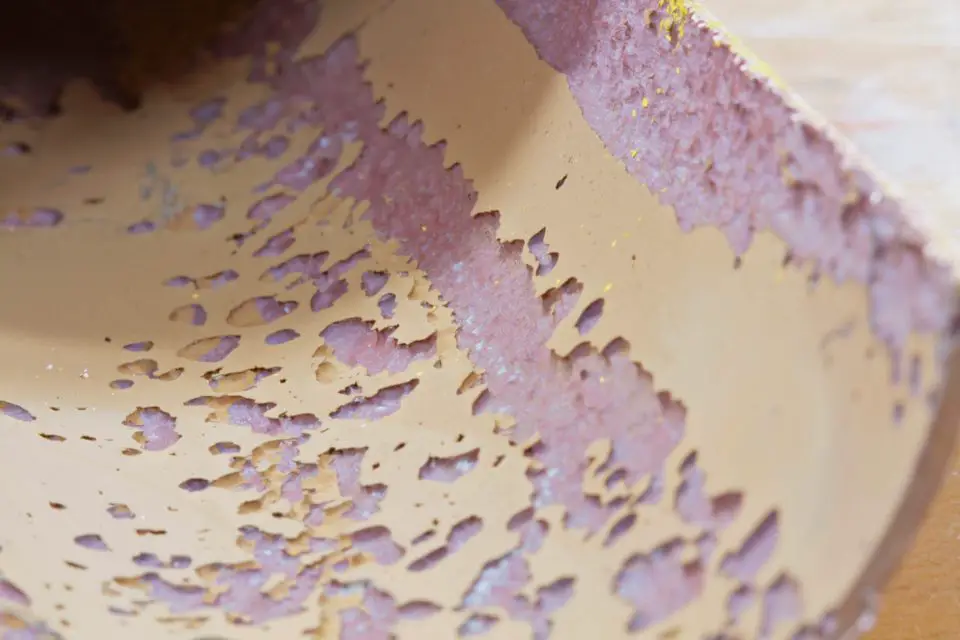
This is the inside of a large diameter copper pipe that used to transport hot water up and down a high-rise building. The tan surface is the original interior face of the pipe, while the reddish areas are where corrosion and erosion have happened. When one of these areas gets too thin, a leak starts.
Copper water supply pipes in houses where I live are pretty reliable, but if you live in an apartment building or condo, you probably know from experience that plumbing leaks can be much more common. Water systems in high-rise structures operate differently than what’s installed in houses, and this difference leads to the annoying issue of copper pipe leaks. But there’s an up-and-coming solution that I find interesting even though I’ve only ever spent short stints in a high-rise. No matter where you live, I think you’ll find the dynamic here interesting. I do.
My parents live in a condominium, and when I shower while visiting them I’m impressed at how quickly the hot water starts flowing out of taps when you turn them on. It’s just a matter of a few seconds. That’s because hot water is constantly flowing through main pipes just behind the wall, and as pleasant as this is for those impatiently waiting to get clean, the constant circulation of hot water creates a unique pipe erosion problem that’s becoming more and more common. You can see what I mean below, in the pipe I cut open to show what water erosion looks like from the inside.
High-Rise Hot Water Pipe Leaks Inevitable
Constantly flowing hot water eats copper pipes from the inside out, leading to pinhole leaks in areas with internal turbulence. It used to be that after 15- to 25-years of service, more than half of copper pipe wall thickness was gone. For a variety of reasons, dozens of high-rises have begun to spring hot water pipe leaks when they’re less than five years old. As you’d imagine, fixing this sort of thing is a particular challenge because the pipes are buried in walls.
Two Possible Plumbing Repairs
- Stop-gap patching: The usual repair involves patching pipes with strips of rubber and screw clamps, but there’s only so far you can take this. Pipe replacement is the traditional long-term fix for eroded pipes, and though it certainly solves the leaking problem, it’s pretty disruptive to residents. Walls need to be opened, new pipes installed, then drywall, paint and wallpaper replaced. And even when you’re done, if the repair involved new copper pipes, they’re still open to the same erosion process that caused leaks in the first place.
- Pipe replacement: This is highly troublesome and expensive, but it is what’s sometimes done.
- Pipe lining: Lining pipes with liquid epoxy is the second option for dealing properly with pinhole pipe leaks, and a process as strange as this made me curious enough to look into the details more closely. This operation retains all existing pipes – weak spots and all – but coats the inner surface with a 2mm to 3mm layer of food-grade epoxy. As unlikely as it sounds, this lining approach strengthens the remaining pipe and fills those weak spots that would have sprung leaks eventually. Pipe lining happened at my parents’ condo years ago, and except for the equipment you’d see stationed here and there in the halls, it was quite painless and it has worked perfectly.
Besides convenience, expected working life of epoxy-lined pipes is another advantage. There’s every reason to expect replaced copper pipes not to spring leaks again in 10 to 25 years (maybe sooner), while the expected working life of epoxy lining is 40 to 60 years. This is true as long as hot water temperature is within a normal range. I do know of one condominium where management turned up the water temperature to compensate for an under-sized storage tank and it caused the epoxy lining to peel off the inside of the pipes. Not good, but not a problem if water temperature is within a normal range.
I’m always leery about the unwanted substances that water will pick up in contact with synthetics. For what it’s worth, epoxies used for pipe lining meet the world’s strictest safety testing. The fact that it’s only on the hot water side of systems offers another layer of safety, too. Health agencies everywhere always warn against cooking with or drinking water drawn from the hot side of any water system, regardless of what the pipes are made of. Fill your kettle with water from cold outlets only.
Pipe Leaks on the Rise
For reasons I don’t fully understand, pinhole water leaks happen regularly even in single-family cold water supply pipes, especially south of the border in the US. Aggressive water chemistry and much higher chlorine levels than was used before the municipal water disaster that happened in Walkerton, Ontario, Canada in 2000 may have something to do with this, and as the Canadian water treatment industry changes, we may be in for the same troubles here. So if pinhole pipe leaks ever happen at your home, you now know at least one non-disruptive way of fixing the problem.







